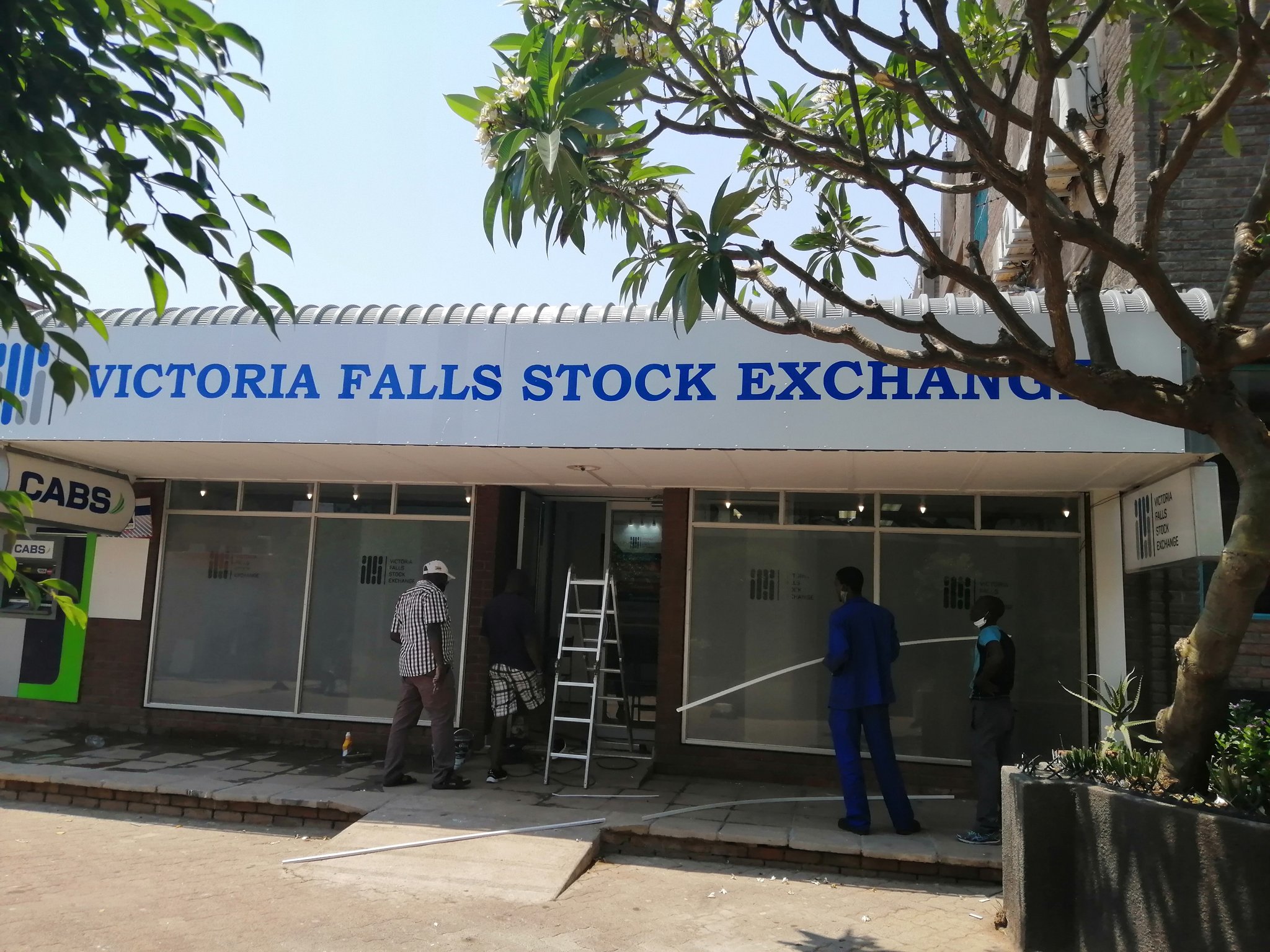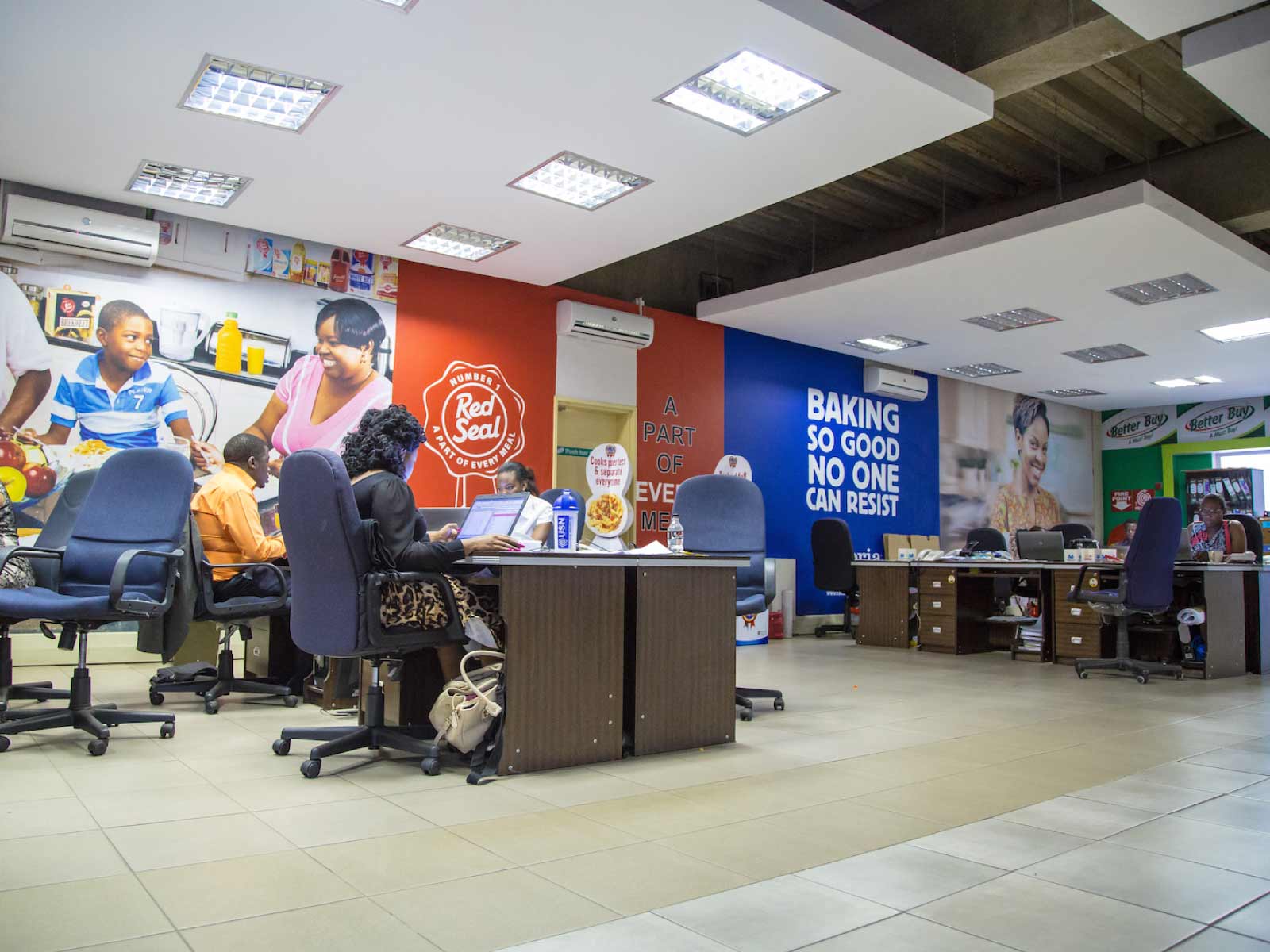Bumper harvest to boost Natfoods
The anticipated bumper harvest from the 2020/21 farming season will be an added advantage for millers such as National Foods Holdings Limited.
Zimbabwe and the rest of the region are expecting increased grain production driven by good rains that were received during the season
Natfoods is the country’s biggest consumer of grain. For the industrial giant, increased grain production means raw materials will be procured locally allowing the firm to save on its foreign currency earnings.
Increased agriculture production also means more activity in the manufacturing sector, improved consumer spending and increased demand for goods and services.
“Given that the current momentum can be maintained our view is that there will be a steady improvement in consumer spending power.
“Furthermore, expected grain production for the current summer harvest is very promising on the back of the comprehensive pre-season preparations and better weather conditions.
“The ability of National Foods to once again secure the bulk of its raw materials locally is a most welcome development. Whilst the expected bumper maize harvest will likely impact maize-meal volumes in the coming financial year we believe that this will be offset by improved volumes in other categories.
“Initiatives to improve operational efficiencies in our core categories as well as develop additional products which further value add our portfolio of basic food products continue to be pursued,” said chairman Todd Moyo in a statement accompanying group’s financials for the half year to December 2020.
Natfoods is a consumer of grains for mealie meal, flour and stockfeed among other products.
During the half year to December 2020, maize meal volumes declined by 23 percent relative to prior period, in spite of the fact that last season was a drought year which ordinarily results in firm demand.
The decline was due to the market adjustments that took place following the conclusion of the subsidy program, as well as intense competition from imported maize meal, notably from South Africa.
“Notwithstanding the challenging period of adjustment that took place during the period, the return to a more normal market based system in the maize category is welcomed,” said Moyo.
Volumes for the flour unit increased by 56 percent compared to the prior period, with solid growth in both the baker’s and prepack flour segments.
According to the group, the increased consumer demand was driven by pricing stability on the back of support from the foreign currency auction and competitively priced local wheat.
To further enhance production in this segment, the group has approved the purchase of a new state of the art flour mill, which will be installed as a replacement for the existing mill at the Bulawayo Basch Street site, at an estimated cost of US$5 million.
The stockfeed segment recorded volumes improved by 34 percent when compared to prior period driven by the poultry category, where volumes increased by 56 percent relative to prior period. However, beef feed volumes were muted, declining by 5 percent on the back of good early rains and a general reduction in cattle feeding.
Overall, volumes for the period went up 25 percent to 264,000 tons compared to the prior period, reflective of the group’s pricing strategy as well as the improved consumer purchasing ability on the back of reduced inflation.
On financial performance, revenue in comparison to prior period increased by 766 percent to $12,685 billion, driven by inflation and the progressive removal of subsidies on basic commodities.
According to Moyo, gross margins for the period at 31 percent illustrated a return to more normalised levels, with the impact of prepaid raw materials declining compared to prior year when inflation rates were higher.
“As a result, gross margin dollars increased by 415 percent, which lagged increase in revenue,” said Moyo.
Profit before tax for the period increased by 395 percent to $2,340 billion, and was largely impacted by the normalisation in both gross margins and operating costs.-ebusinessweekly.cl.zw









